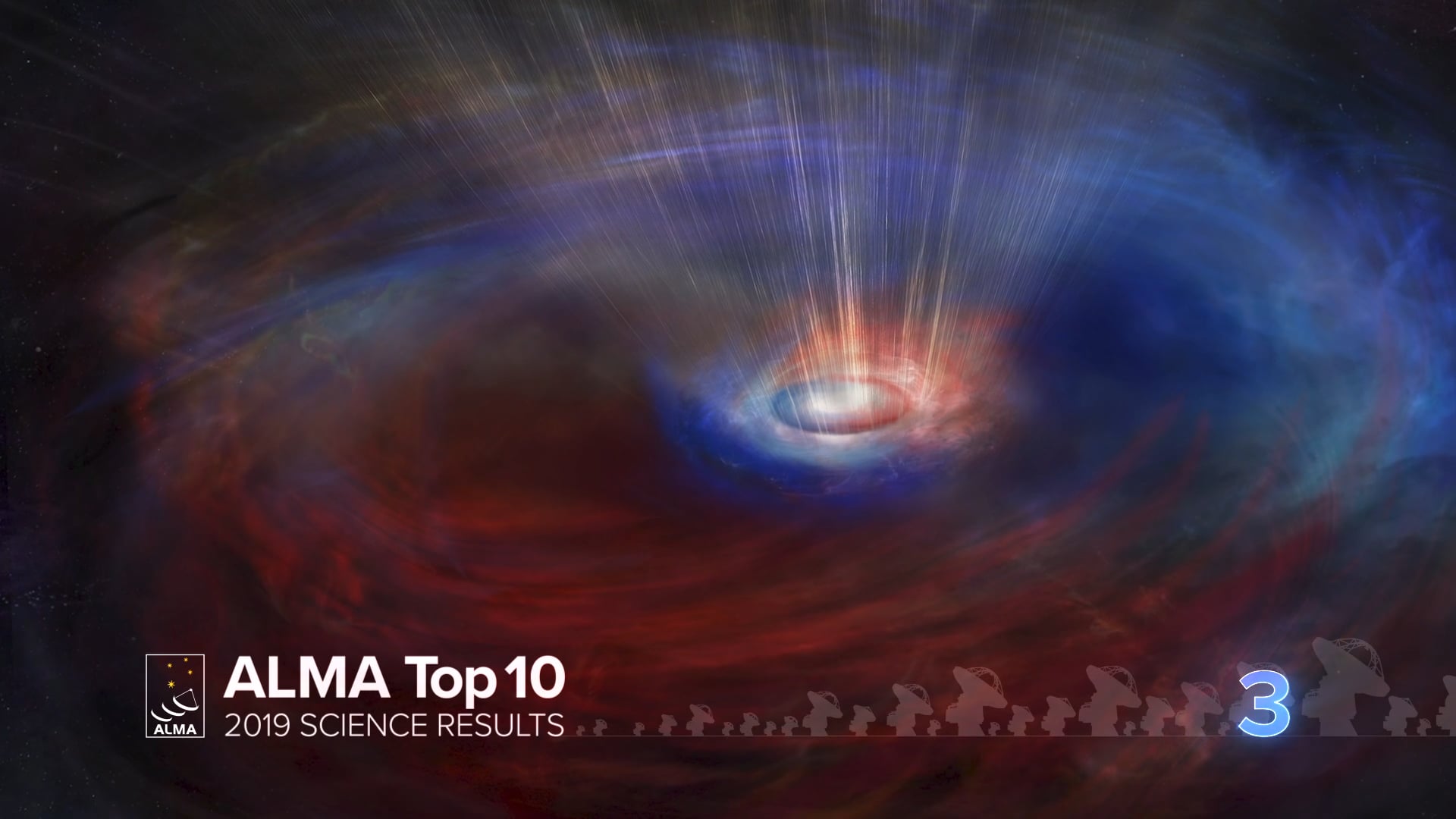Why Can’t We See More Black Holes in our Galaxy?

Question:
Recently a lot of fuss has been made about the discovery of a black hole at a distance of 1000 light years from our planet.
According to accepted wisdom, the Milky Way is 100,000 light years across. Also there are estimated to be anywhere between 10m and 1bn black holes in the Milky Way. If we say for argument there are 100m black holes in the Milky Way, that means that there would be approximately 1,000 black holes contained in each LY slice of the Milky Way.
Putting to one side arguments relating to the ‘depth’ of the Milky Way, how come we can’t see more evidence of the black holes which are within 1 light year of earth, and why is such a fuss being made of the recent discovery? Have I got the numbers wrong?
Answer:
Assuming that all black holes are evenly distributed about our Galaxy, we can calculate the volume of our Galaxy and then see what the distance would be between each black hole. To a good approximation our Galaxy is a disk with a diameter of about 100,000 light years and a thickness of about 1000 light years. The volume of our Galaxy is then given by pi*(d/2)*h, or about 8×10^(12) cubic light years. There are an estimated 10 million to 1 billion black holes in our galaxy produced by the collapse of massive stars (which is not the progenitor of the supermassive variety of black hole, like the one located at the center of our Galaxy). If we evenly distribute 1 billion black holes throughout our Galaxy’s volume of 8×10^(12) cubic light years, we would have a volume of 8×10^(12)/10^9 = 8000 cubic light years per black hole. That would give us roughly 20 light years distance between each black hole. But with so many black holes in the Galaxy why don’t we see more evidence for them? The problem is that stellar-mass black holes, those that form due to the collapse of massive stars, and by far the most prevalent, are very hard to detect as they do not emit strongly at most wavelengths. Unlike their much more massive cousins, stellar mass black holes live largely solitary lives gobbling up the remnant stellar material around them while producing modest amounts of emission due to this process.





